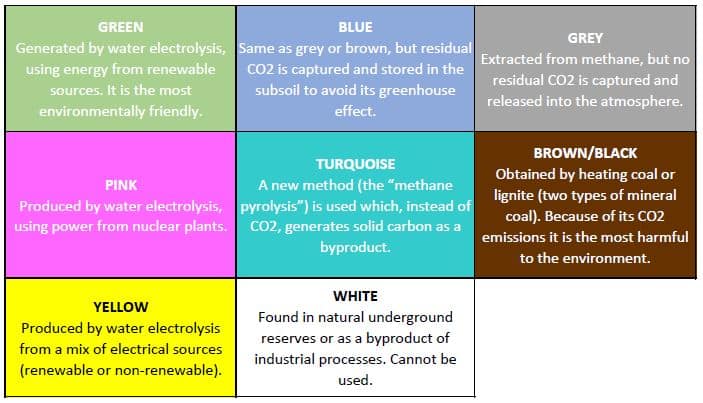Julia Maria Gomez de Avila Segade | 10/11/2022
The Spanish Hydrogen Association brings together nearly 300 associates, from SMEs to multinationals, and this November it is celebrating its 20th anniversary. The addition of MAPFRE demonstrates its commitment to sustainability by pursuing decarbonization.
MAPFRE Global Risks’ entry into AeH2 is in line with the commitment to sustainability it has had from the beginning. MAPFRE will celebrate its ninetieth anniversary in 2023 and its company policy has always reflected its commitment to the planet and people, which, in these times of climate change, remain its priority. Therefore, in accordance with the company’s principles, MAPFRE has joined AeH2: to be part of the solution, as with other national and international initiatives.
The need to reduce carbon emissions has become evident with the consequences of global warming receiving a lot of media attention, putting political proactivity on alert. The Paris Agreement and previously the Kyoto Protocol have been key to setting the goals that require investment in renewable energy sources rather than fossil fuels. For this reason, there are high expectations for hydrogen, and green hydrogen in particular, to establish itself as an energy vector. The International Renewable Energy Agency (IRENA) has recently published a report entitled World Energy Transitions. Outlook 2022 in which it studies, among other things, the possibilities of hydrogen and ensures that “by 2050, its production is expected to increase from almost zero today to about 400 million metric tons, more than four times the production of gray hydrogen in 2020 in the petrochemical and steel sectors.”
Like batteries in which electricity is stored from a power source, hydrogen is often considered an energy vector because it must be produced from a primary power source, such as hydrocarbons (natural gas or coal), or renewables such as solar or wind. The following image identifies a color with the energy source from which the hydrogen is produced:
Since hydrogen is present in water when combined with oxygen (H2O), it is extracted by a chemical process called electrolysis. This procedure involves separating hydrogen molecules from oxygen molecules by applying electricity using equipment called electrolyzers. As long as the production does not emit carbon dioxide into the atmosphere thanks to the use of renewable energy, the aforementioned green hydrogen will be obtained.
This is a great advantage since, through different sources, each country will be able to produce it with the resources it has available and will mark the decision to invest in an area or region, depending on the expected socioeconomic or environmental benefits, following a wide range of policies that are being put in place. But in which sectors will your end use be prioritized? This will take into account not only the maturity of the hydrogen sector compared to that of electricity, but also the demand it will have according to the end uses. The following infographic created by IRENA reflects this idea.
It is at this point that AeH2 plays a critical role. Almost like a visionary, the Association was born in 2002 to promote and drive innovation focused on the use of hydrogen and to have a positive impact on Spanish society and the Spanish economy. Its mission and objective is to support the hydrogen projects that are being studied until they materialize so that, when the partners are ready and request it, their implementation is facilitated and the only footprint they leave is a positive one. So far, one of the difficulties that is evident is the lack of financing due to the lack of knowledge of the production, transportation, storage, uses and possible accidents. However, although it requires time, it is one of MAPFRE’s vocations because being part of this large multi-sector network will accelerate the consolidation of this chemical element as an energy vector, marking the path to sustainability and care for the planet.
If you found it interesting, keep reading… Safety in the green hydrogen industry.







